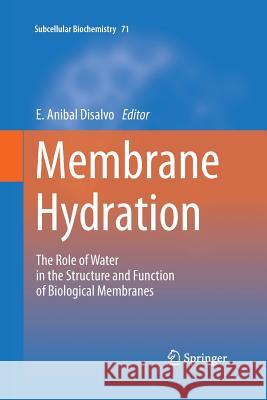Membrane Hydration: The Role of Water in the Structure and Function of Biological Membranes » książka
topmenu
Membrane Hydration: The Role of Water in the Structure and Function of Biological Membranes
ISBN-13: 9783319346649 / Angielski / Miękka / 2016 / 284 str.
Membrane Hydration: The Role of Water in the Structure and Function of Biological Membranes
ISBN-13: 9783319346649 / Angielski / Miękka / 2016 / 284 str.
cena 574,29 zł
(netto: 546,94 VAT: 5%)
Najniższa cena z 30 dni: 574,29 zł
(netto: 546,94 VAT: 5%)
Najniższa cena z 30 dni: 574,29 zł
Termin realizacji zamówienia:
ok. 16-18 dni roboczych.
ok. 16-18 dni roboczych.
Darmowa dostawa!
Kategorie:
Wydawca:
Springer
Seria wydawnicza:
Język:
Angielski
ISBN-13:
9783319346649
Rok wydania:
2016
Wydanie:
Softcover Repri
Ilość stron:
284
Waga:
0.42 kg
Wymiary:
23.39 x 15.6 x 1.63
Oprawa:
Miękka
Wolumenów:
01
Dodatkowe informacje:
Wydanie ilustrowane











